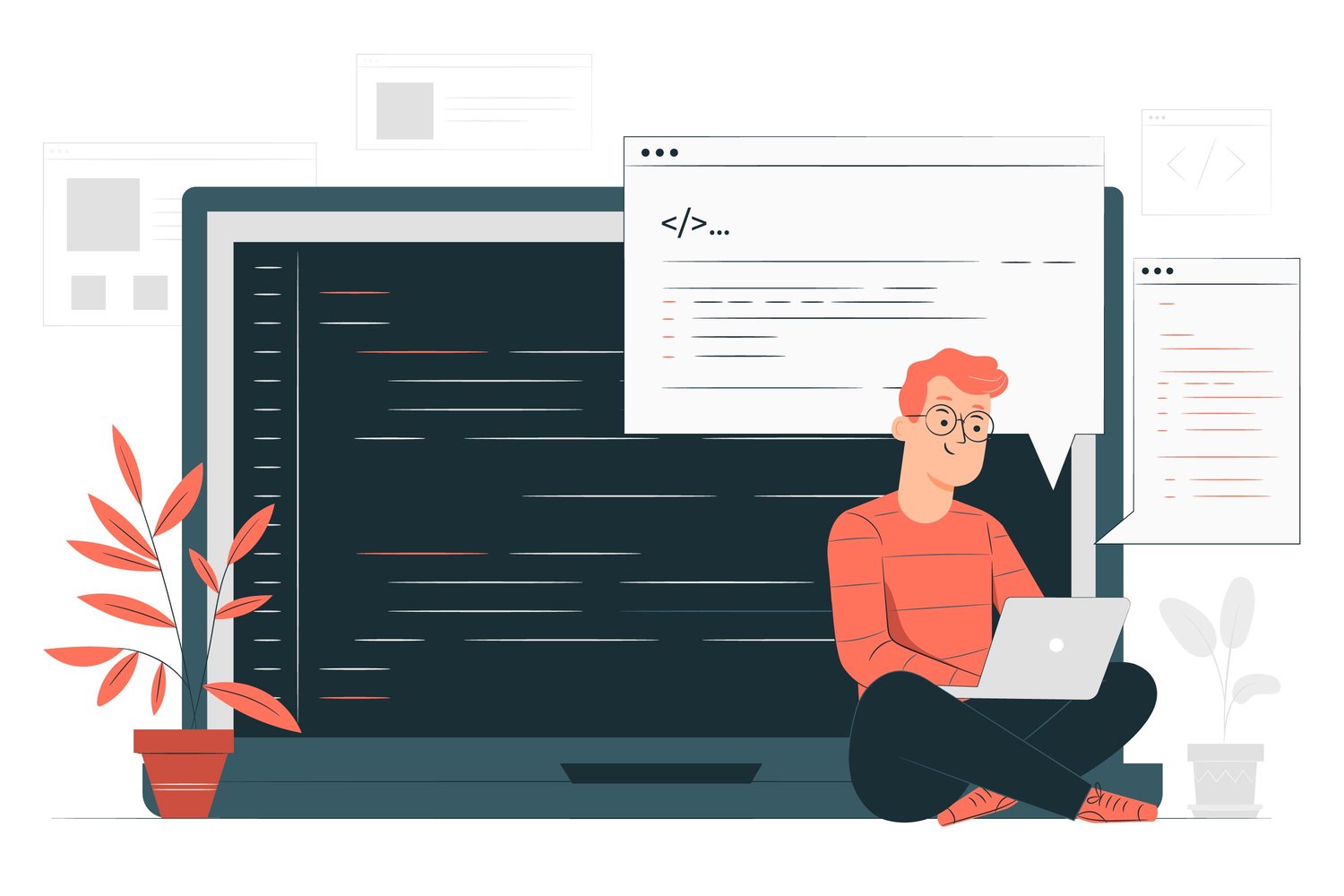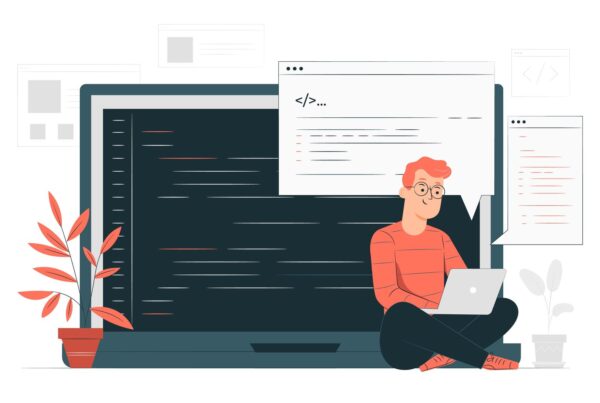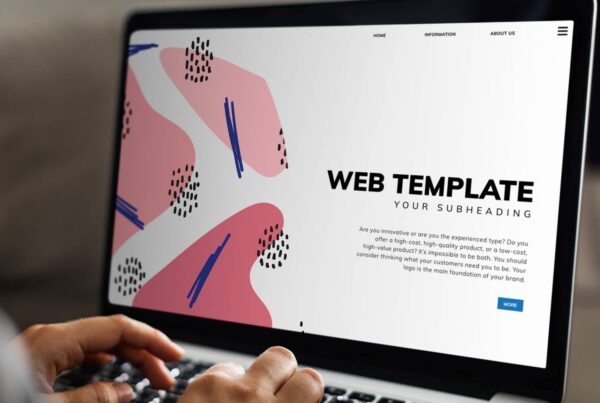Website designing is and always will be a critical component of any form of online business. When you want to position your site to maximize your efforts to be potentially engaging in a never-ending dialogue with as many people as possible, your site needs to look good, very good.
First impressions count, and arguably are of disproportionate importance for any business, be it virtual or even your traditional “bricks-and-mortar” merchant. After all, when last did you walk into a shop that you really did not like the look of to make a potential purchase?
Chances are you simply walked on by, which is what any online prospective will do with a website that does not attract their attention, they will simply navigate away and look for a more appealing site. The use of online technology is now so pervasive that it has almost created the need for a new benchmark when it comes to consumer expectation, and professional, effective and sophisticated website designing simply remains a non-negotiable feature for any commercial website.
But what is the bottom line when it comes to website designing, and what specifically makes the difference? Fundamentally there is a combination of eleven critical strategies that we need to leverage when designing a website:
- Speed-Often the most overlooked features of any design is the speed at which the site loads. It does not matter how jaw-dropping you site is, if it loads slowly you will frustrate your potential customers and simply lose most of them. Instant gratification is now an accepted customer expectation and is here to stay. Avoid a slow-loading design at all costs, even if it means stripping out some of the more visually impressive “smoke-and-mirrors” features. Be careful of using too much flash in this regard as well.
- Theme-Design and develop a clear theme with relevant offerings, supported with a distinct logo and definitive colors. Avoid over-engineering a site to establish a sophisticated look using a multiplicity of colors, and instead concentrate on say three main colors to drive your site, with supplementary colors subtly supporting these main colors.
Understand that certain color combinations are compatible whereas others most definitely are not, and will potentially alienate your users, as opposed to appealing to them. Investigate and research what functions certain specific color combinations will bring to website designing. Incorporate clear and distinct graphics that do not detract from the main theme.
- Content-There is simply no substitute for good quality content now in the current and any time in the future. If you provide the customer with a solution to their need, you have a potential sale. Unique, updated and specialised content will always differentiate you from your competitor’s web sites. You can present that in terms of a social media offering linked to your site, as an article, embedded in an actual product (EBook or training course) or even in your blog.
The unforgettable sin in content remains spelling mistakes and poor grammar. It will immediately induce your reader to leave. Make absolutely sure your site is picture -perfect in terms of readability.
You also need to be cognizant that visitors are probably visiting a lot of different sites and are searching quickly, as most people have a premium on their time. You need to somehow have a focal point on your page that immediately catches the attention of the visitor and induces them to click on that particular feature and spend some time assessing your offering, for example the embossed word FREE in capital letters or contrasting a feature sharply in terms of size or color to make it stand out from its surroundings, or adding a squiggly but colourful arrow pointing to something.
- White Space-Incorporate white space into your design to effectively give your site structure, flow, balance, hierarchy, proportion and readability. Avoid excessive word density in any one area which tends to overpower the reader. When white space is skilfully used, it allows the user to better conceptualize the page and has the potential to make the offering more visually and aesthetic appealing. Empty space is not wasteful, and conversely can be highly constructive.
- CMS-Ensure your website designing is underpinned with a user-friendly Content Management System that you have some fundamental understanding of, and at least a basic skill in that allows you to go into your backend and make simple changes (adjusting prices, adding articles, etc). Two of the more popular CMS platforms around are Joomla and in particular WordPress. Ensure your site is structured to optimize SEO, and if you are not conversant with what that requires than outsource this aspect to a professional.
- Email-You need to allow your clients and prospective clients an ability to access you via email or relevant information request forms. In addition you need to have a disciplined policy in terms of responding to visitors enquiries timeously. Nothing is more off-putting for a prospective client than an email that goes unanswered, or is only answered in a couple of days, by which time the prospect is long gone. Do not provide home phone numbers or home addresses as part of this process.
- Usability-Users of your site will vote with their mouse. If your site is not user-friendly and intuitive with definitive structure and sequence and obvious links to associated interesting content, users will simply navigate away from your site to an alternative site that flows well, is more streamlined and seamless, and easier to use.
Your site should guide the user through a sequence of steps to a logical conclusion. The path of least resistance is alive and well in its online carnation. The user must be able to navigate easily and must understand where they are at all times. Ultimately the users must reach the targeted information as fast as possible, otherwise they will simply lose interest. Incorporate a clear and well-defined table of contents with a very distinct “home” link.
Be careful of designing in pop-up windows that suddenly traverse the page a user is busy with. These often have the opposite intent they were designed for, and users will often immediately abandon the page for another site.
- Simplicity-Utilize the KISS principle, keep it simple, stupid! Avoid over-designing the site and factoring in too much complexity for the user’s experience. Guard against getting too clever and expecting your audience to intuitively understand what you are trying to tell them. Do not overwhelm your prospect with a multitude of offerings and do not make these offerings too complicated. Avoid ambiguity at all costs and ensure your message is clear, specific and distinct. When it comes to website designing generally less is more.
Whilst numerous options might make logical sense, decisions can be a burden to a customer who would rather be guided to a simple solution, as opposed to being forced to make numerous choices that might end up being poor choices.
- Opt In-An opt in for a user is a hassle. Most people detest having to take time and fill in forms, especially when they are not entirely sure what they are signing up for. If you want them to sign up make your sign up form as short and simple as possible. Try and communicate what the offering is and what the associated benefits are, prior to them signing up. Avoid lengthy forms that ask for addresses and phone numbers, which is very off-putting for most people. Avoid length videos that run for longer than 20 minutes.
- Features-Most people are highly visual and website designing needs to incorporate this throughout. The site needs to clearly and quickly communicate to the user what functions and features are available, using appropriate colors, text, videos, pictures, structure and shapes to emphasize the message.
Always test your features and functionality initially during, and straight after design and then periodically. There is nothing more frustrating for a user than to click on a link and be presented with some form of error message. It also causes them to become suspicious of the integrity of the site.
- Authencity-You need to ensure your site is authentic. Do not make exaggerated claims about your offerings and do not mislead the users. Always ensure users are fully aware of all of the associated costs or obligations.
Ensure your site conforms to all legalistic and regulatory issues pertaining to copyright, guarantees and disclaimers. Use well-referenced, recognised Shopping Cart Merchants (PayPal, 2CheckOut etc).
When all is said and done make sure you are able to put together a well-developed, concise web site that clearly and efficiently communicates with your potential customers. If you do not have the necessary technical skills to accomplish this then invest in a good, professional web site developer who will do it on your behalf. A professional site remains synonymous with a professional experience and an investment in website designing remains a good investment.









